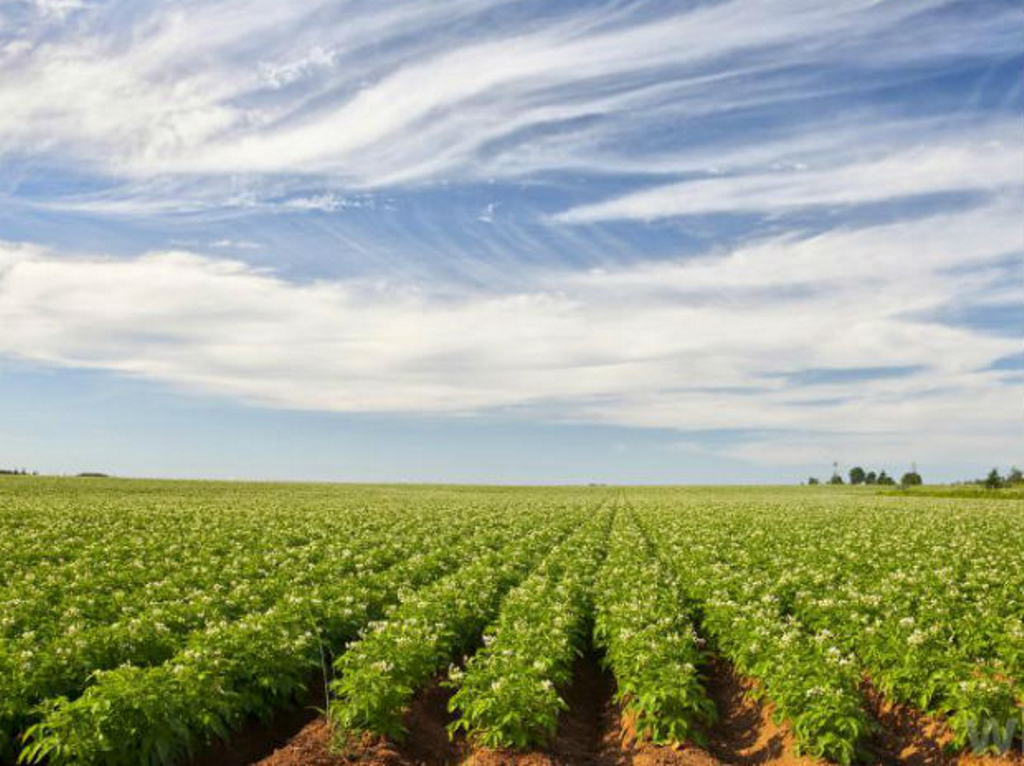
Any business has certain risks or threats/challenges associated and similar is the situation with Agriculture business. There are uncertainties in weather, yields, prices, and wide fluctuations in farm incomes. Farm incomes generally fluctuate from changes in Government policies, global markets developments, and various other factors like inflation changes etc. Dealing with different risks is therefore essential so as to maintain profit margins and farm incomes healthier. Five general types of risk are described here: production risk, price or market risk, financial risk, legal and environment risk and finally human or personal risk. Managing risk is choosing different alternatives so as to reduce the financial problems arising from the unpredicted incidents or developments.
Production risk is one of the major threats that always remains concerning amongst farmers. In this article we shall discuss on production risk. The quantity and quality of commodities produced is directly impacted from Weather, disease, pests, and other factors like labor strike/lockdown etc. Example- Every time a farmer plants his fields it is possible the adverse weather may destroy his crops. Farmers and farm output producers often have to remain concerned regarding the type of weather he has to experience on a particular, uncertain market conditions example occurrence of labor strikes/transportation problems/ changes in government policies like import duty revisions, banning exports etc. For a crop farmer, planting seeds does not guarantee a profitable yield at the end of the crop season. It is mainly less or inadequate information lots of agricultural producers are forced to make decisions based in haste, which can detrimental for the crop production. The production risk can be unbearable at times for farmer or growers therefore several tools must be readily available to reduce the risk of production losses or excess production, leading to lower farm gate prices. The available tools or alternatives should be selected considering that the risk of excess or lower production or yield loss should be under control or minimized so that farmers are able to experience financial stability. Production output is the main source of revenue for agricultural operations, hence it becomes very important for the farmer to timely identify the production risk and adopt the management tools, and which tools a farmer uses, depends mostly on his individual farm situation and risk-bearing willingness and ability.

Diversification is one of the tool or measure for managing production risk. A livestock farmer can reduce the risk of total production loss by producing more than one crop or livestock product. Similarly a producer who operates a dairy and raises corn is not completely dependent on one product. Thus, in case of a complete production loss due to an early frost, it can be mitigated by his profits from the dairy farm, thereby minimizing the production risk of corn. Also, livestock producers with excess feeding capacity can successfully handle the risk of loss if there is a drought, fire or some other event that reduces feed availability. It may be noted that whenever a farmer has to go choose for diversification choice, choosing the alternatives with lower risk can help lower overall production risk for that farmer.
Adequate Information - This is another key tool of controlling the production risk and one needs to have sound and updated information, relevant for farming business. A farmer who is well informed different methods of cultivation and has willingness to adopt new proven production practices has a lesser risk associated to production loss. For example, a potato crop farmer who becomes aware of a recently emerging crop disease like late/early blight can apply the necessary control methods and save his crop from the yield or quantity loss. Or take the case of a vegetable producer who after investing in new machinery or irrigation equipment, can lower the risk of the water problems affecting the yield.
Crop Insurance Crop insurance refers to an insurance which protects farmers and crop producers against their loss of crops due to natural disasters, such as hail drought, and floods. The insurance covers pre-sowing and post-harvest losses due to cyclonic rains and rainfall deficit. These losses lead to reduction in crop yield, thus, lowering the farmers’ income. In India, crop insurance is offered in the form of Pradhan Mantri Fasal Bima Yojna.
Utilization of Leased Farming Lands This is generally small/medium scale farmers who generally work on leased lands. Proper utilization of the leasing arrangements can be a suitable alternative for managing the production risk. In case of a crop share or livestock share lease arrangement a farmer is able to shares production risk with the landowner. For example, under a crop share agreement, the landowner receives a portion of the crop yield as rental payment. Under this arrangement a reduction in production yield results in reduced quantity of the crop, shared with the farmer. Therefore the loss burden gets distributed landowner and tenant, ultimately reducing the risk of the tenant or farmer.










